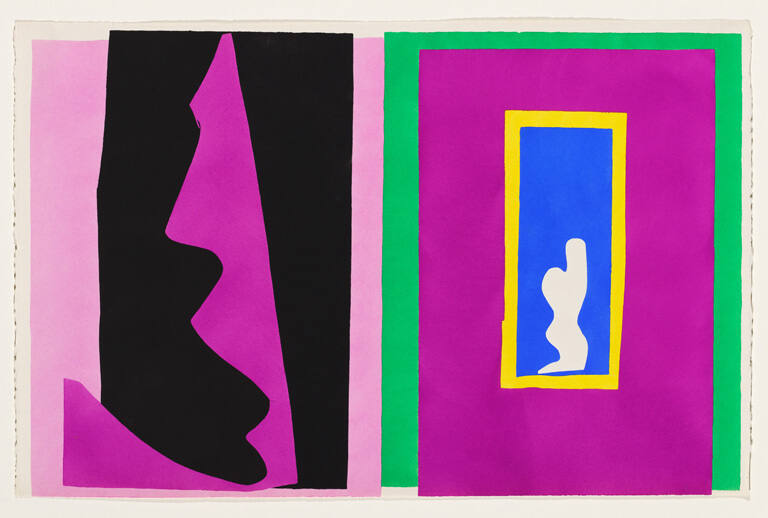Hendrick Goltzius, Jacopo Palma, called Palma il Giovane
(Italian, ca. 1548–1628)
St. Jerome Penitent

Object Details
Artist
Hendrick Goltzius, Jacopo Palma, called Palma il Giovane
Date
1596
Medium
Engraving on laid paper
Dimensions
Image: 16 3/8 x 11 1/8 inches (41.6 x 28.3 cm)
Sheet: 17 5/8 x 12 1/4 inches (44.8 x 31.1 cm)
Credit Line
Acquired through the Museum Membership Fund
Object
Number
66.040
The story of St. Jerome from the New Testament describes a life of scholarly rigor and religious dev(…)
The story of St. Jerome from the New Testament describes a life of scholarly rigor and religious devotion: at various stages in his life, Jerome lived as a hermit; served as secretary to Pope Damasus I; founded a monastery; and, not least, translated the Hebrew bible into Latin (the Vulgate). A popular subject, St. Jerome was frequently depicted as a penitent hermit.St. Jerome is shown seated, naked except for folds of sheeting, his body muscular and youthful. Goltzius captures him in a moment of active contemplation, leaning upon and in conversation with the Bible. He motions to himself (and to us) with one hand and raises the other in a rhetorical gesture of speech. His pointing finger also indicates the crucifix above him. Jerome is surrounded by his attributes: the Bible, of course, but also the lion and the skull, the latter being memento mori that brings our focus, as well as his own, to the transience of life. To emphasize the point, Goltzius echoes the boniness of skull in the saint’s large bald head. The sinuous line of Jerome’s torso mimics Christ’s pose, though in reverse, and calls attention to the saint’s shapely leg; his figure demonstrates a finely articulated, even virile physicality, masculine but not sexualized. He is an attractive penitent, at ease in the pleasant landscape seen in the distance. (“Undressed: The Nude in Context, 1500-1750,” text by Lisa Pincus and presented at the Johnson Museum February 9-June 16, 2019)












